What are the characteristics and advantages of aluminum nitride ceramics
Aluminum nitride ceramic is a high-performance advanced ceramic material that is highly favored in many high-tech fields due to its unique physical, chemical, and mechanical properties. The following are the main characteristics and advantages of aluminum nitride ceramics:
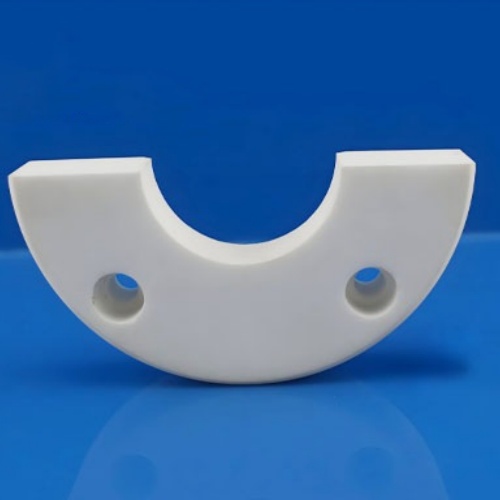
1、 Physical performance advantages
- High thermal conductivity
-The thermal conductivity of aluminum nitride ceramics can reach 170-220 W/(m · K) at room temperature, much higher than traditional ceramic materials (such as 30 W/(m · K) of alumina ceramics), and even close to some metals (such as 230 W/(m · K) of aluminum). This high thermal conductivity makes it an ideal heat dissipation material, especially suitable for packaging and heat dissipation of high-power electronic devices. - Low thermal expansion coefficient
-The thermal expansion coefficient of aluminum nitride ceramics is 4.5 × 10 ⁻⁶/℃, which is very close to silicon (3.5 × 10 ⁻⁶/℃) and gallium arsenide (6 × 10 ⁻⁶/℃). This characteristic enables it to effectively reduce thermal stress when combined with semiconductor materials, improving the reliability and service life of electronic devices. - Low dielectric constant and low dielectric loss
-Aluminum nitride ceramics have low dielectric constant (8.8-9.5) and low dielectric loss (<0.001), and can maintain stable electrical insulation performance even in high-frequency and high-temperature environments. This makes it the preferred choice for high-frequency circuit substrates and microwave window materials. - High hardness and strength
-The bending strength of aluminum nitride ceramics can reach 300-400 MPa, with a Vickers hardness of about 12 GPa and an elastic modulus of about 330 GPa. This indicates that it has excellent wear resistance and impact resistance, making it suitable for the manufacturing of high-temperature mechanical components and precision structural parts. - Lightweight design
-The density of aluminum nitride ceramics is only 3.26 g/cm ³, which is lighter than aluminum oxide ceramics (3.9 g/cm ³) and meets the requirements of lightweight design.
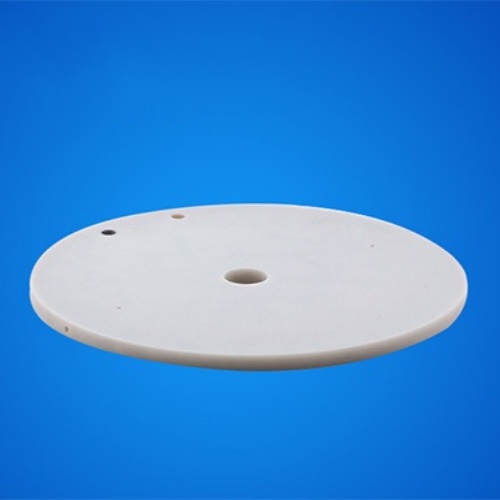
2、 Chemical performance advantages
- Excellent corrosion resistance
-Aluminum nitride ceramics have excellent corrosion resistance to most acid-base solutions and chemical gases, and can maintain stable physical and chemical properties in various chemical environments. - Antioxidant activity
-Aluminum nitride ceramics exhibit excellent oxidation resistance at high temperatures, forming a dense oxide protective layer on the surface that can maintain structural integrity in an oxidizing environment. This characteristic gives it significant advantages in high-temperature applications, such as high-temperature furnace components and aerospace thermal protection systems.
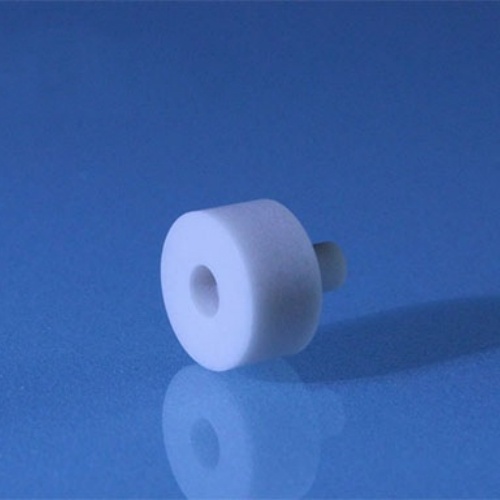
3、 Mechanical performance advantages
- Thermal shock resistance
-Aluminum nitride ceramics have excellent thermal shock resistance and can maintain structural stability in environments with high temperatures and rapid temperature changes. This makes it have significant application potential in situations with high thermal cycle loads, such as automotive exhaust catalytic converters. - Electromagnetic shielding performance
-Aluminum nitride ceramics themselves have certain electromagnetic shielding capabilities, which can effectively reduce the impact of external electromagnetic interference on internal electronic devices and improve the electromagnetic compatibility of the system.
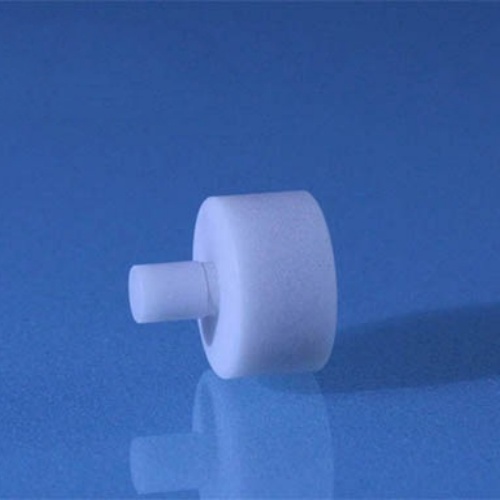
4、 Application Fields
- Electronics and semiconductor industry
-Aluminum nitride ceramics are widely used in integrated circuit substrates, heat sinks, packaging materials, high-frequency circuit substrates, power module packaging, etc. Its high thermal conductivity and electrical insulation make it an ideal material for high-power electronic devices. - Aerospace
-The high-temperature stability and microwave transmission characteristics of aluminum nitride ceramics make them an ideal choice for high-temperature structural components and microwave transmission materials. - Chemical and energy fields
-The corrosion resistance of aluminum nitride ceramics makes them widely used in corrosion-resistant reactors, crucibles, lithium battery separator coatings, and fuel cell component manufacturing. - Infrared and microwave technology
-Aluminum nitride ceramics have good infrared and microwave transmittance, and can be used to manufacture infrared detector windows, microwave windows, etc.
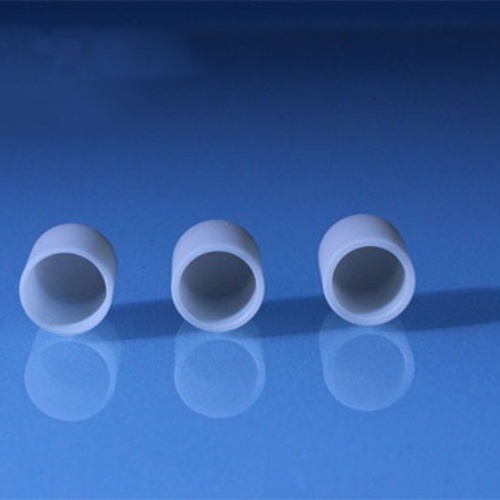
5、 Processing and Cost
- Processing difficulty
-The high hardness and brittleness of aluminum nitride ceramics make their processing difficult, requiring the use of special cutting tools and processing techniques. - Cost
-The production process of aluminum nitride ceramics is relatively complex and costly, which to some extent limits its popularity in certain economically sensitive applications.
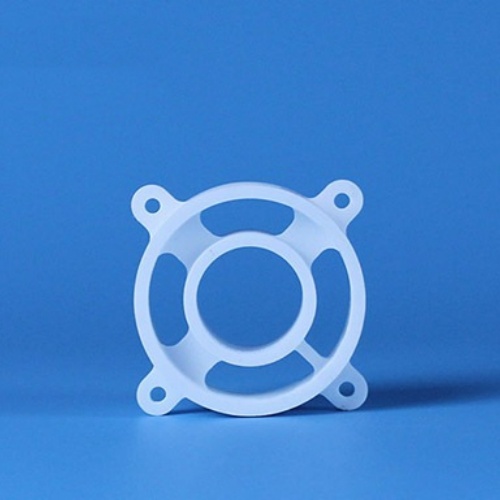
Aluminum nitride ceramics have become an indispensable high-performance material in modern technology due to their high thermal conductivity, low thermal expansion coefficient, excellent electrical insulation performance, high strength and hardness, good chemical stability, and excellent electromagnetic shielding performance.
Brudeze Ceramics supplies and sells a wide range of high-quality quartz glass, including alumina ceramics, zirconia ceramics, silicon nitride ceramics, aluminum nitride ceramics, silicon carbide ceramics, boron carbide ceramics, bioceramics, machinable ceramics, etc. We can meet the customization requirements of various ceramic products.
PREVIOUS:Application of Macor Machinable Ceramics in the Field of Optical Devices
NEXT:What are the applications of aluminum nitride ceramics in high-frequency circuits
CATEGORIES
LATEST NEWS
- What is Macor processable g...
- The material properties and...
- The reason for the high pri...
- What are the preparation me...
- Why modify aluminum nitride...
- Thermal conductivity values...
- What is the thermal expansi...
- Thermal shock resistance of...
- The average coefficient of ...
- What is high alumina ceramic
